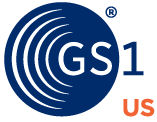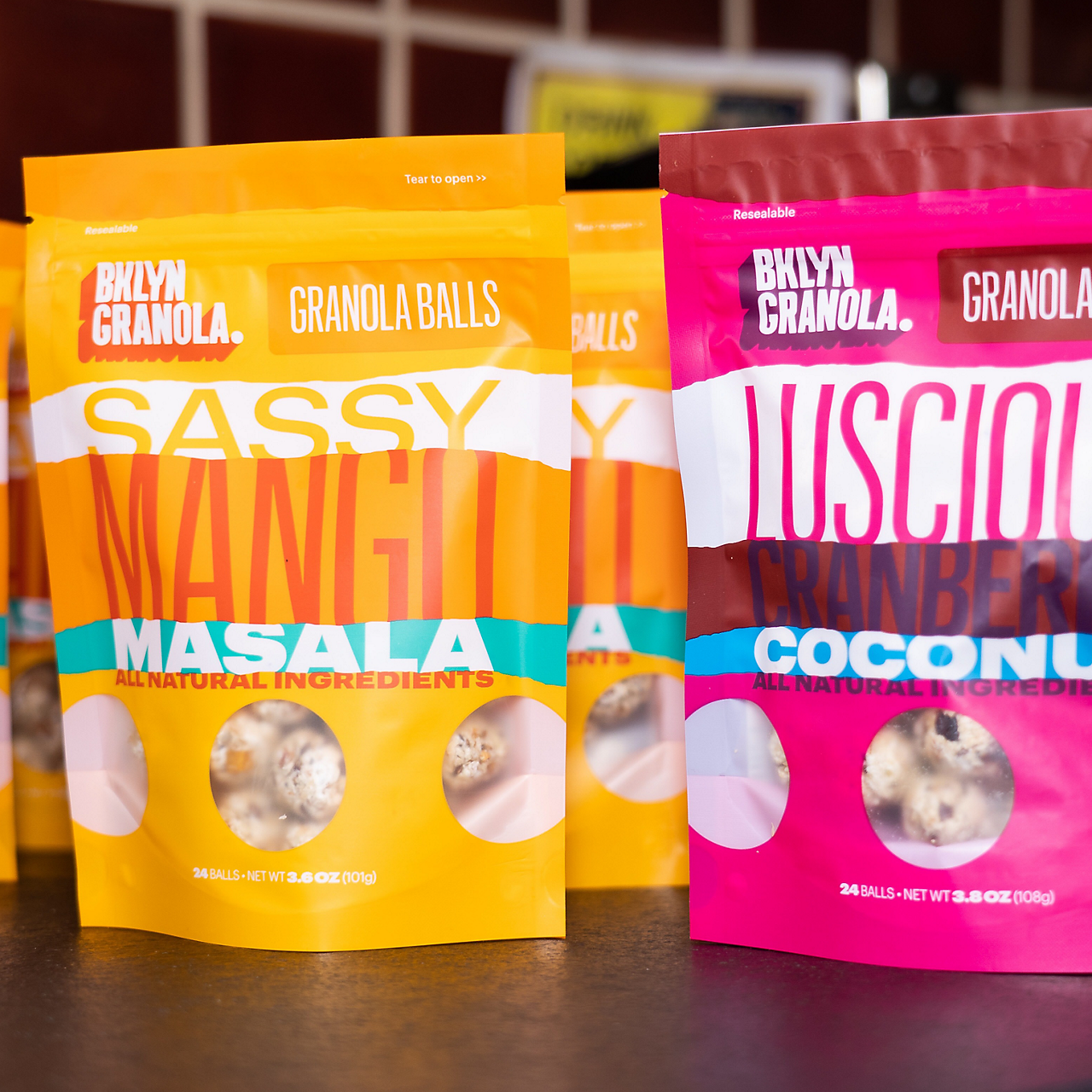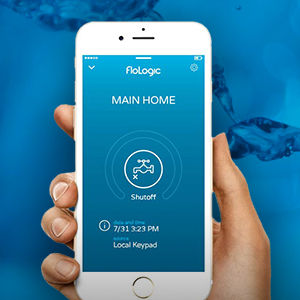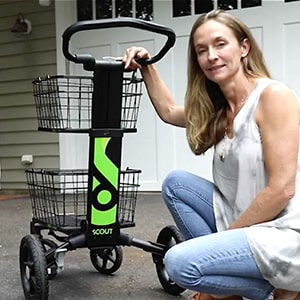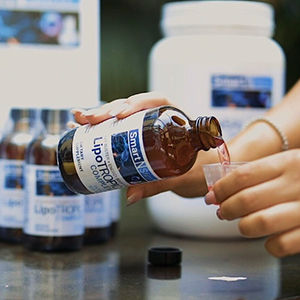Small brands are disrupting the consumer packaged goods (CPG) market and pulling sales away from the big players1 . GS1 US’s latest research ‘From Product to Profitability’ shows that an effective channel strategy is vital for taking advantage of the opportunities this trend presents.
-
GS1 US, in partnership with research firm Longitude, conducted an online survey of 513 owners or directors of consumer packaged goods (CPG) companies in the US. Of these, 75% were from smaller companies with less than $1 million in sales, and quotas were set to ensure an even spread across six industries: Apparel; Food and beverage; Arts and crafts; Health and beauty; Electronics; Home and garden.
The survey findings are supplemented with industry insights obtained from interviews with small CPG owners, retailers, and solution providers.
For retail-ready brands - those with all the information required for retailers to sell products and consumers to find and buy them - the most effective strategies have two components:
- Strong and diverse channels
- Clear and consistent product information
Small consumer brands that deliver on both are positioned to move beyond the daily struggles of being a startup and scale the business to the next level.
For most small brands the first, and most significant, channel to enable sales is their own website, with marketplaces like Amazon or eBay the next most likely channel used (Figure 1).
Brick and mortar still matters. Local retailers are the second most important sales channels for small brands, after their own website. And local stores are significantly more important to our respondents than other physical, in-store channels, including regional and national retailers.
Digitally native brands are seeing the value of having a physical presence – in the next five years, brands like Casper and Allbirds are expected to open 850 brick and mortar locations2. And Gartner L2’s Death of Pureplay Retail report argues that physical stores are an inevitable tactic in any startup's growth strategy3.
While conducting our research, we discovered a growth mindset gap among the survey respondents and evaluated key data through this lens. Growth leaders are defined as having achieved more than 25% growth in the past year, while laggards are those who have experienced declines in the past year.
Our research highlights that focusing on a single channel can be detrimental to revenue growth – and brand owners recognize this. Nearly half (46%) believe they are over-reliant on one retailer or marketplace, and only one-third (34%) of growth laggards say partnering with a new retailer or online marketplace is a top priority over the next 12 months. For this group, the average number of channels they currently sell through is just 1.3; for growth leaders the number rises to 3.1.
Product Information Drives Revenue Growth
A critical element for selling products in physical stores or online marketplaces – as well as the brand’s own website – is having complete and accurate product information. This enhances customer trust in products and in the brand itself. And, importantly, consistent product information makes products easier to find and buy – 70% of the brands in our survey who sell via online marketplaces see a correlation between completeness of product information and sales of those products.
“A unique identifier like a UPC helps in earning trust with the consumer because they are getting all the correct information and know that it’s a legitimate product,” says Kait Flynn, former senior vendor manager at Amazon.
Growth leaders recognize the value of providing more than just basic product information and are investing accordingly. They’re much more likely to include product images, and more than twice as likely as lagging brands to include details like the product’s country of origin and to make sure the information is mobile friendly (Figure 2).
What’s holding the laggards back? More than half say preparing products for sale via external channels is burdensome and 48% have not developed a long-term sales strategy. By comparison, leading companies are almost three times more likely to use barcodes/UPCs than declining brands. Few of this lower performing group recognize the value of UPCs for their business, which suggests they’re overlooking the potential that product information has in taking their business to the next level (Figure 3).
“It’s critical to have UPC codes that work in the big retailer chains,” says Steve Lange, CEO of personal care brand It’s All Good. “You can sell on an online marketplace with your own internal code to track things. But once you get out into the retail world everything is based on UPCs.”
A successful channel strategy requires that a brand is retail ready – which means having all the required product information ready to go. “It took some learning, for sure,” says Erik Elfstrum, CEO of pureLYFT. “We now have a spec sheet, with UPC codes, pricing, everything else. Distributors or retailers get a little nervous when you don’t know what you’re doing. There are a lot of nuances, and it helps to have a broker or someone with experience at this stage.”
When you consider that Amazon sells more than 12 million products, excluding books, media, and wine4 and that Walmart Grocery alone sells more than 46 million products in US stores and online5, the need for complete product information is clear. It’s the minimum brands must do to have visibility with retailers.
“From our perspective, the UPC ties to the supplier and the item number we provide it,” says Vanessa Fulcher-Siahmakoun, director of supplier development at Walmart. “Everything has a touch point and is connected. It’s important to have your best game before you get in front of a merchant because, hopefully, you can just ship it and get it right to the shelf.”
Building a long-term sales strategy that includes diverse channels is critical for small brands’ growth. Online is an important channel for all brands today, but bricks and mortar still matter. And, wherever the product is being sold, brands must optimize their performance – and therefore their channel investments – by providing detailed and consistent product information.
Small Business Spotlight
Explore Member Growth Stories
-
JAM Paper
Family owned and operated since 1955, JAM Paper & Envelope offers a wide range of distinctly colorful paper products.
In this publication, the letters “U.P.C.” are used solely as an abbreviation for the “Universal Product Code”, which is a product identification system. They do not refer to the UPC, which is a federally registered certification mark of the International Association of Plumbing and Mechanical Officials (IAPMO) to certify compliance with a Uniform Plumbing Code as authorized by IAPMO.
